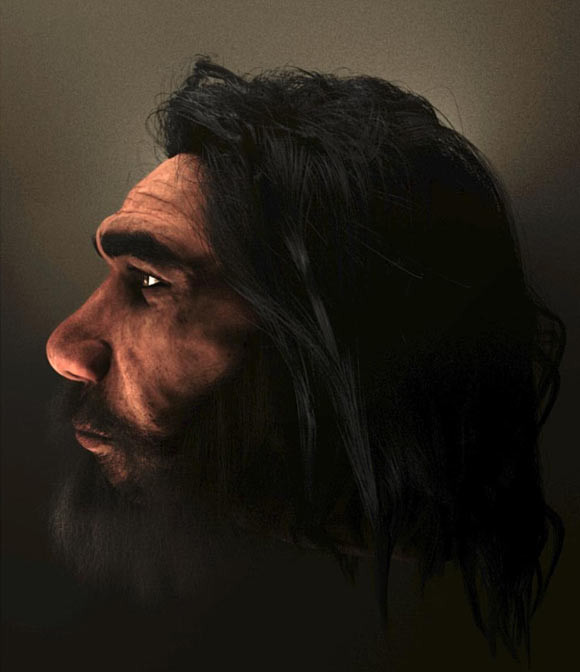A research team from the Democritus University of Thrace reconstructed the man’s face using 3D scans of the skull
In September 1960, a fossilized human skull was found in a limestone cave on the Katsika mountain of Petralona by a resident of the area. Inside the Petraloni building were also discovered the traces of Archanthropic habitation of approximately 700,000 years, the oldest Europeans found to date.
The skull is estimated to belong to the archaic human subspecies Homo heidelbergensis (Heidelberg Man) that lived between 700,000 and 200,000 years ago and is a primitive ancestor of the Neanderthal.
Recently, a research team from the Democritus University of Thrace, led by anthropologist Christina Papageorgopoulou, used facial reconstruction techniques to show what the Archman of Petralona might once have looked like.
“The Petralon skull is one of the most anatomically complete Middle Pleistocene human fossils and a key paleoanthropological find in Europe,” said the researchers, who published their work in the Journal of Archaeological Science: Reports.
Greek anthropologists reconstructed the face of the man, who is estimated to have died at the age of 35 or younger, using 3D scans of the skull.
At a short distance from the skull, the man’s skeleton was also found, which is estimated to have weighed 52 kg when he died.
With information from sci.news
Source: Skai
I have worked as a journalist for over 10 years, and my work has been featured on many different news websites. I am also an author, and my work has been published in several books. I specialize in opinion writing, and I often write about current events and controversial topics. I am a very well-rounded writer, and I have a lot of experience in different areas of journalism. I am a very hard worker, and I am always willing to put in the extra effort to get the job done.












